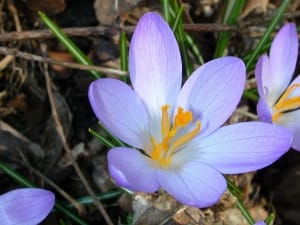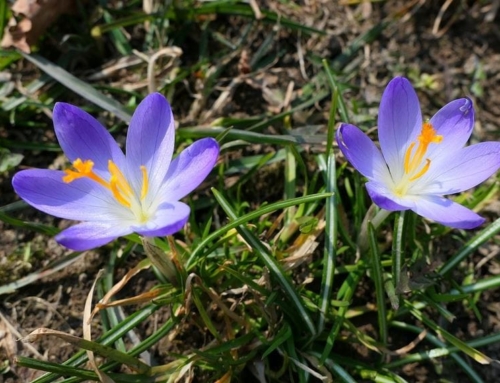26 hectares of agricultural lands in Zanjan under saffron cultivation
The director of horticulture of Jihad-e-Agriculture in Zanjan province,
stating that currently 26 hectares of agricultural lands in Zanjan are under saffron cultivation, said:
Jihad-e-Agriculture supports the cultivation of this crop.
Behnam Ojaqloo stated:
In fact, due to low yields, saffron growers in the province have so far only been able to sell their produce locally,
but Jihad-e-Keshavarzi supports applicants for its cultivation and believes that saffron grows well in all areas of the province.
The official continued:
Saffron is a plant that needs to grow in temperate climates with hot and dry summers and mild winters.
In fact, this product only needs irrigation in winter and early spring,
and in summer the same amount of water can be used to irrigate other farms.
That is why saffron growers are not so worried about drought and falling groundwater levels.
He added:
Also, all the organs of this plant, except for flowers, in addition to being drought-resistant, are also resistant to soil and water salinity,
but need direct sunlight and plenty of light.
The horticulture director of Jihad-e-Keshavarzi of Zanjan province pointed out:
Saffron growers plow the land to cultivate saffron in spring and break the soil lumps in early autumn.
Then, by planting three to four onions per heap and weeding twice during the period, they wait for the flowers to appear;
Because the time of harvesting saffron is up to three days after the appearance of flowers.
The most important irrigation period is immediately after planting and early autumn.
Of course, this precious plant also needs 15 to 20 tons of rotten animal manure,
and it is better to pick the flowers before sunrise and in the early hours of the morning, because otherwise they will lose their quality.







Get Social